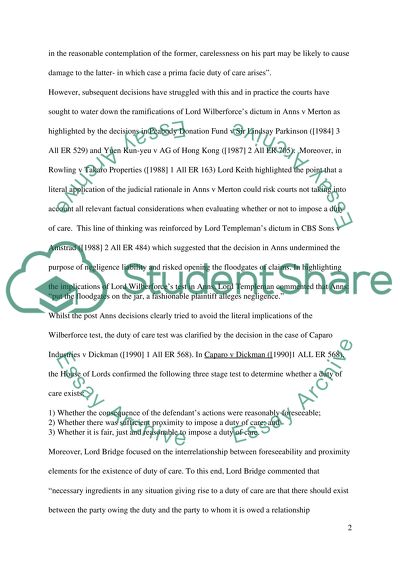Cite this document
(“TORT Essay Example | Topics and Well Written Essays - 2250 words”, n.d.)
Retrieved from https://studentshare.org/environmental-studies/1405242-tort
Retrieved from https://studentshare.org/environmental-studies/1405242-tort
(TORT Essay Example | Topics and Well Written Essays - 2250 Words)
https://studentshare.org/environmental-studies/1405242-tort.
https://studentshare.org/environmental-studies/1405242-tort.
“TORT Essay Example | Topics and Well Written Essays - 2250 Words”, n.d. https://studentshare.org/environmental-studies/1405242-tort.


